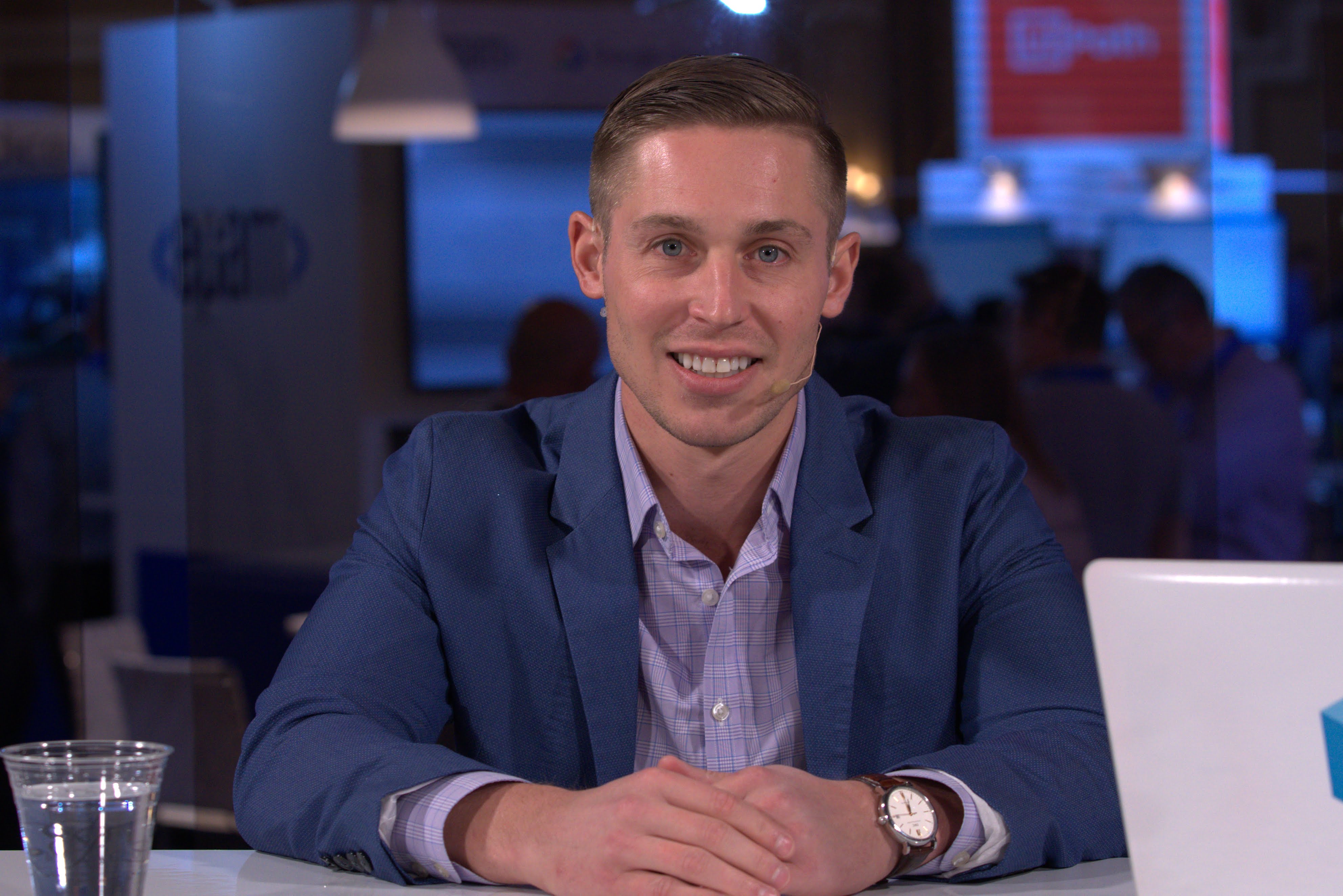 AI
AI
 AI
AI
 AI
AI
With most early-stage technologies, scaling up across an organization can prove challenging. The keys to conquering roadblocks are organization and teamwork, according to Eric Lex, vice president of global intelligent process automation at GE Electric Co.
GE has recently undergone its own journey with implementing robotic process automation across its business units. It began the process in 2016 when it connected with RPA provider UiPath Inc.
“2017 was the year to prove the technology … and then 2018 was a year of scaling and operationalizing kind of a sustainable model to support our business units across the board,” said Lex (pictured). To do so, GE created an RPA Center of Excellence.
“People think of scale as being able to develop a lot of bots,” Lex pointed out. “I think more importantly is being able to efficiently maintain a large portfolio of bots, and that is what I have realized this year.”
Lex spoke with Dave Vellante, co-host of theCUBE, SiliconANGLE Media’s mobile livestreaming studio, during the UiPath Forward event in Las Vegas. They discussed GE’s path in robotic process automation and the perspectives for this technology (see the full interview with transcript here). (* Disclosure below.)
To make the maintenance process easier, GE adopted rigorous standards and reusable components that are used on all robots going into production. “So when I look at, for example, a bot’s login, that bot’s login is going to be the same across all my bots,” he explained.
The idea is that any developer who needs to maintain the robot knows what it is like and how to fix it.
“We’ve got now about 300 automations in production, and your reputation as an organization is really on how well you maintain those bots,” Lex said. “If your bots are consistently failing and you’re not fixing them quick enough for your functional users to leverage them, then you lose a lot of credibility.”
After an exciting start with the technology, GE needed to reevaluate if where it was using the RPA made the most sense. The company then decided to disable certain automations that were not big and complex enough for RPA. “If it’s saving somebody maybe five or 10 minutes a week, do you really want to put all the effort and to continue to maintain something like that on a back-office level?” Lex asked.
As one of the hottest new software categories today, RPA has a lot of growth potential, according to Lex.
“I mean imagine opening it up just like any other application on your computer and Excel; you’ve got that sitting on your desktop, and you use that for a number of different things,” he said. “I envision it, and everyone when they come into GE, they’ll get their laptop and a kind of package of software. One will be UiPath.”
Here’s the complete video interview, part of SiliconANGLE’s and theCUBE’s coverage of UiPath Forward. (* Disclosure: TheCUBE is a paid media partner for UiPath Forward. Neither UiPath, the sponsor for theCUBE’s event coverage, nor other sponsors have editorial control over content on theCUBE or SiliconANGLE.)
THANK YOU